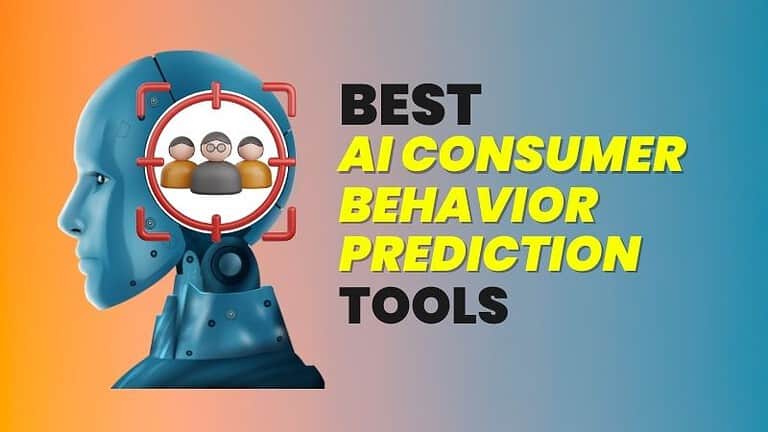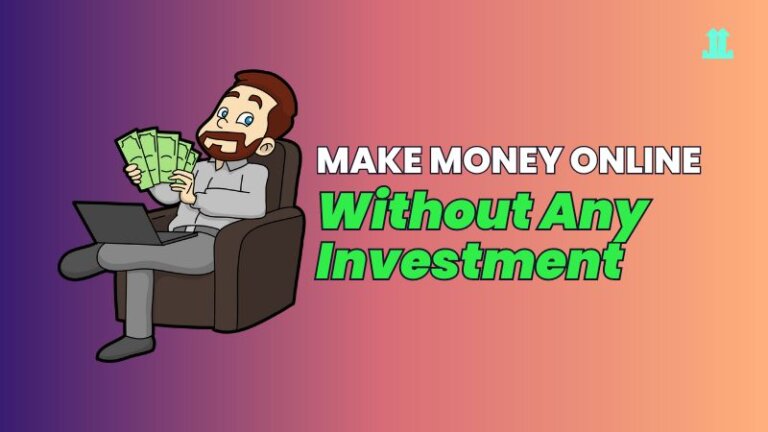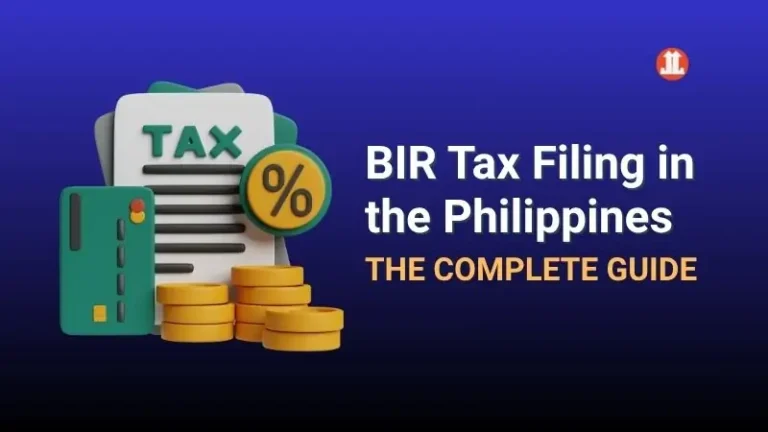6 Easy Steps to Start a Dropshipping Business in 2025
I owned and ran dropshipping stores in 2020, where I sold products to the US from suppliers in China. This…
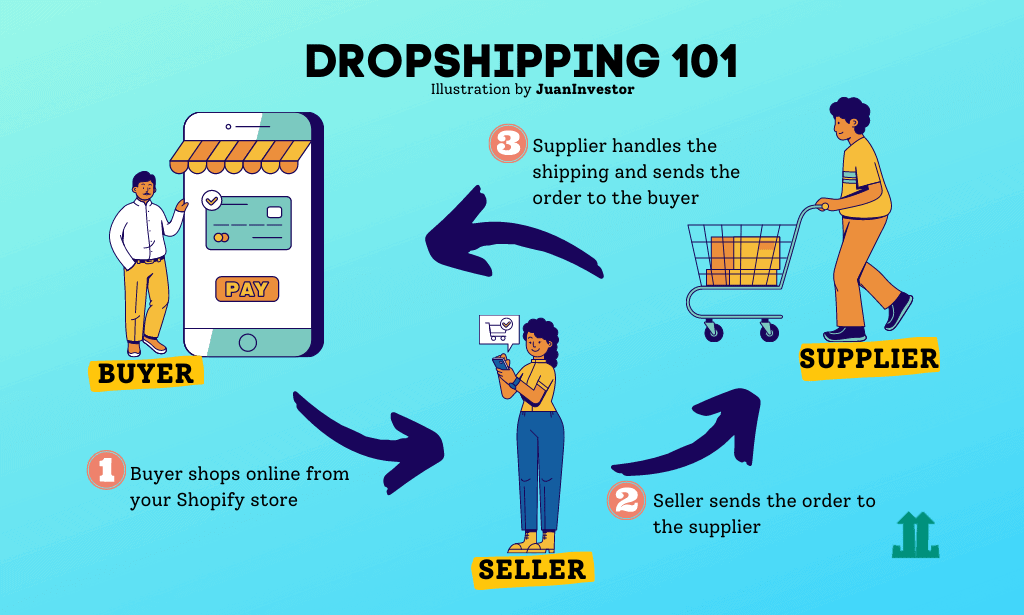
I owned and ran dropshipping stores in 2020, where I sold products to the US from suppliers in China. This post will teach you how to start a dropshipping business in 2025.
It was fun. I didn’t touch the product at all — I ordered it from suppliers, and they will take care of the shipping.
Check out our other posts about how to start a business and great small business ideas for inspiration.
I learned dropshipping by doing my research and enrolling in online courses. But drop shipping is only a single aspect of the entire business. You need to learn each step of the business to succeed.
What is a Dropshipping Business?
Dropshipping is a business model where a retailer doesn’t keep any inventory of the product it sells to customers. Instead, the retailer’s supplier ships the product to the retailer’s customers.
Customers wouldn’t know that the products came from another company. Why? Because you could tell your suppliers not to include any promotional flyers or receipts in the package. Your customers would learn that it came from China because of the Chinese characters in the packaging. But they wouldn’t know it came from a different entity.
Six Easy Steps to Start a Dropshipping Business
Follow these steps to start your dropshipping business.
Step 1: Product Research
There are two schools of thought here: sell products that are already selling or sell something new & unique.
For a greater chance of success, e-commerce gurus would recommend the first option. Why? Because you don’t have to reinvent the wheel. You can sell something already selling, copy their ads and website, and reap profits. Simple.
These are my top product research tools :
- AliExpress using Asify Chrome extension
- Kickstarter
- Oberlo’s Trending Products
- Ecomhunt
- Niche Scraper
- Etsy
- Youtube
The majority of these tools are free. Paid tools are for advanced searches. You can do advanced search options such as product categories, Facebook video ads, post reactions, and date published.
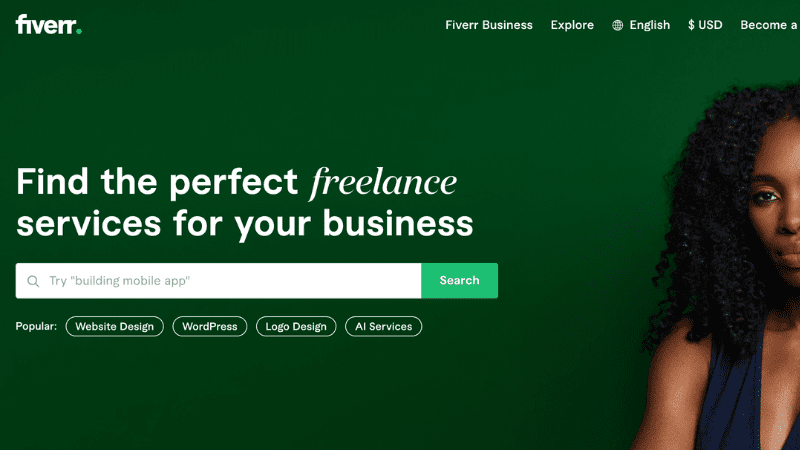
But of course, if you don’t have the time and would instead hire someone to do it, it is entirely possible. You can hire freelancers on Upwork or Fiverr.
Step 2: Find a Dropshipping Supplier
Once you find a winning product, it’s time to find a supplier. When you are dropshipping to top-tier countries like the US, Canada, Australia, or UK, AliExpress is your best bet. Else, check out these alternatives to AliExpress.
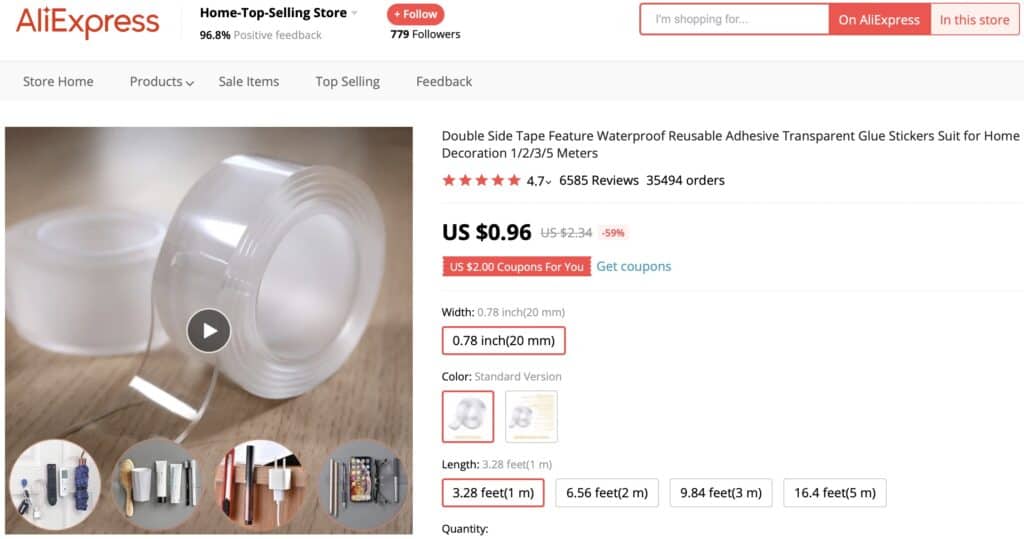
An easier option would be to look for a sourcing and fulfillment agent. They will do the job of looking for suppliers in China and handle the logistics for you.
In the Philippines, you can also search for suppliers in Shopee or Lazada. Or a local supplier that is not on these platforms. It’s all up to you. Make sure you have enough profit margins considering the cost of goods, marketing, and other fees.
Step 3: Create a Shopify Store
This is a bit daunting but let me tell you that I built my own Shopify store from scratch. It is easy. You can watch YouTube videos on the basics and work from there. (Note: If you’re interested in other website builders, check out the best Webflow alternatives.)
There are two approaches to building a store: one product or a general store.
A one-product store is self-explanatory: you will sell only one product and brand it as your own. This works best if you position your store as the original brand and leverage its unique selling proposition.
Recommended reading: How to Sell in Shopee: A Complete Guide
The other approach is a general store, which means you could sell any product category. If it sells, why not? Right?

Some say to stick to one product store, but others suggest a general store. Once you find a winning product that sells 30-50 products daily, you could scale it to a one-product store. Focus all your efforts from there.
Take note that Shopify isn’t free. A monthly subscription starts from $29, but you can avail of the 14-day trial. I suggest you start with the Basic Plan. Don’t worry, you can upgrade your plan as you grow.
Step 4: Create Social Media pages
One thing that I do before I start selling is secure the social media pages first to have the same usernames. I know it’s unnecessary, but it looks neat if you have this. I love fancy things :)
The must-haves are Facebook and Instagram. This is important because this is where you can run Facebook ads. Twitter and Youtube are optional from the start. But once your store is growing, you can activate these other channels. Remember, it’s easier to manage two social media accounts than four.
Fill out the details and information on your social media pages completely. No one trusts an online store if it doesn’t have any description or website.

Step 5: Run Facebook and Instagram Ads
Once you complete the Shopify store and social media pages, this is where the magic starts. Now it’s time to show your product to potential buyers and generate traffic to your Shopify store.
Read more: Compelling Reasons to Advertise in Facebook
Before creating ads, you need to set up everything for flawless execution.
- Create a FB Business Manager account
- Create your Ad Account
- Add your social media pages to Business Manager
- Add a Payment Method
- Create a Meta Pixel and install it in your Shopify store
- Domain verification
- Configure web events for Aggregated Events Measurement
- Configure Conversions API (CAPI)
Once you complete the setup and configurations, it’s time to create your ads! Here’s how to do it.
- Create your ads template – this contains the creatives, ad copies, and headlines of your ads
- Run a Conversions campaign – Some say you should warm up your pixel first with a Traffic campaign. I don’t recommend that as you wouldn’t attract the right audience. You’re looking for “buyers,” not “visitors.”
- Add your creatives, ad copies, and headlines
- Set your specific targeting based on research
- Set a daily budget – start with $10/day. But if you have the budget, you can start with $50/day for a faster result
- Schedule your ad – don’t run your ad randomly, or it will spend the entire budget until 11 pm. I recommend running your ad at 4 am the following day so it allocates the budget for the entire day.
And voila, you now have your Facebook ad! If this sounds overwhelming, I have a done-for-you Facebook Ads package. Book a call with me below for us to discuss :)
Step 6: Grow Your Brand
Now you’ve come to the more accessible part. Once you’ve set everything up and generated sales like clockwork, it’s time to grow your brand. There are countless things to do this, but this is how I recommend doing it.
- Expand ads to other platforms like Google, Twitter, and Youtube
- Explore influencer marketing
- Explore horizontal expansion – try other types that complement your existing product
- Explore brand partnerships
These are a few ways to grow your brand, but you get the gist. If you’re incapable of all this, you can always hire someone in brand development to do this for you.
Conclusion
Dropshipping isn’t dead. Those people that are telling this failed in one way or another.
Of course, this is easier said than done, and you’ll likely lose in your first three months. But if done right, this business model has unlimited potential.
